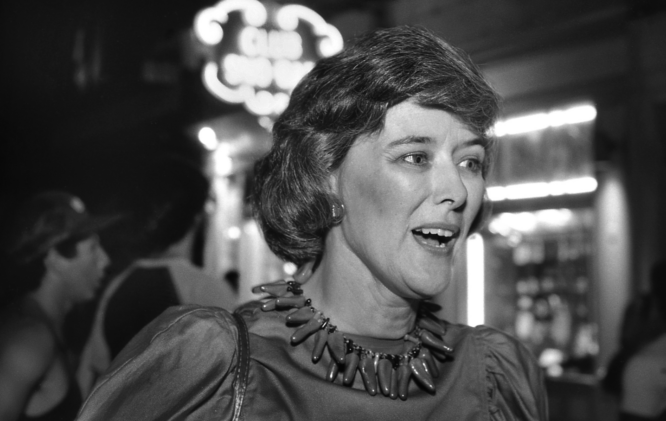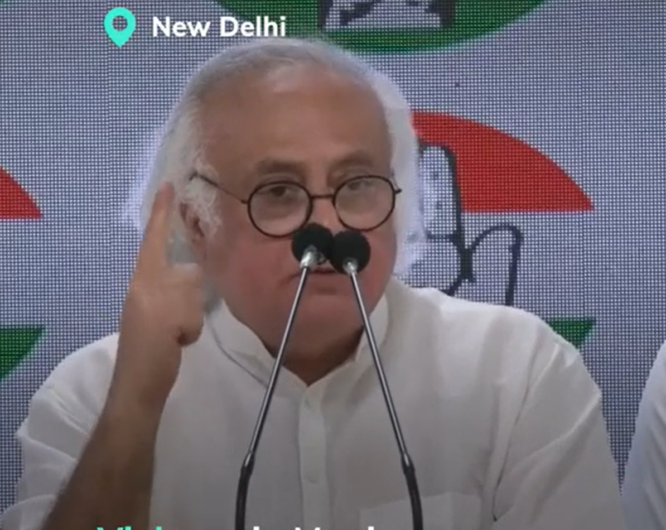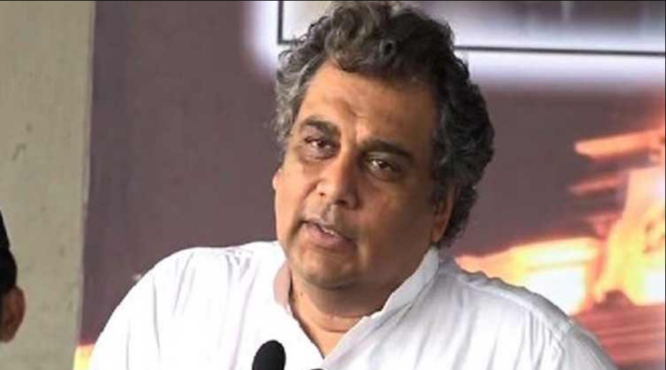I relocated to Colorado two weeks before Pat Schroeder’s 1972 congressional election. As a newbie, I knew nothing about her campaign, but I was stunned a 32-year-old from Denver got elected to Congress. Pat was a pioneering 1970s woman who won her seat on her own.
Most women in Congress had replaced spouses who had died in office, although a few had served for almost 50 years. Some got to Congress by first holding statewide seats, but these were the outliers.
I met Pat in 1974 as a northwest Denver precinct committeeman. By then, I knew Congressman Byron Johnson, whose downtown federal office building is named, had lost the 1970 Democratic primary to anti-war challenger Craig Barnes.
Denver Democrats anticipated Nixon’s Republican ticket to win the 1972 Congressional election easily.
In the main election, Johnson supporters voted for Republican Mike McKevitt. McKevitt, a respected lawmaker, became National Association of Manufacturers director. Denver Democrats expected the 1972 Congressional contest to be challenging with Nixon leading a Republican ticket to a comfortable win.

Ralph Nordhauser, a stalwart Democratic leader active in the Denver Jewish community and a behind-the-scenes player in the McNichols administration at City Hall, told me years later that a meeting to select an opponent for McKevitt—when such decisions were still made in smoke-filled rooms—came down to a choice between Jim and Pat Schroeder, husband and wife.
Both were accomplished local attorneys with excellent academic records. Nearly a coin flip. However, Jim had lost a legislative campaign and would be tainted. A second loss might end his political career. Pat was tapped. Denver Democrats supported her “She Wins, We Win” campaign.
Congressional offices had a distinct clock. Emails, mobile phones, and trustworthy answering machines were nonexistent. Call or visit your member’s local office for help. Last week’s commemoration at the Colorado History Museum included Pat’s first Denver office manager, Sally Brown. Pat’s office was the go-to destination for aid by 1978, when I campaigned for the Assembly.
Sally and Pat hired great people. Sally didn’t say it, but she had an unwritten rule that no one left the office until every call was returned, even if it was just to reassure a constituent that their message had been received and would be handled quickly.
Schroeder’s team was the Colorado delegation’s best at solving veteran’s benefit and social security issues. Republican colleagues occasionally asked me to have Pat’s team resolve an impasse in the Capitol. Schroeder accepted these cases.
Pat was on the correct committees, and her workers were fast to take a cab to the relevant federal office and show up at a bureaucrat’s desk.
Congresswoman traveled sometimes. Everyone respected her requests.
By the 1980s, “astro-turfing” Congressional offices with thousands of pre-printed post cards supporting or opposing legislation disrupted communication as employees simply tallied yes or no messages. Schroeder maintained that her district and voters came first. Pat recruited me for a political task that went wrong in 1979 when I visited her Washington office.

Pat believed he was abandoning Colorado when Gary Hart ran for re-election in 1980. 40% of registered voters did not vote in his 1974 election since the state was developing so quickly. She had a Denver Post writer write about his lengthy absence from the campaign trail and interviewed an unknown Democratic lawmaker about the need of his returning to Colorado more often.
That Democrat was me. A few months later, Gary’s campaign manager, attorney Hal Haddon, slammed me for leaking the story. I refused it (sorry, Hal). The Elysian Fields newsletter reporter writes gossip. He identified me to his editor but denied leaking to Haddon. I learnt politics through Pat’s embarrassment. Sources should stay anonymous. Gary launched his re-election campaign. That’s good.
Pat called my office the morning after I was unexpectedly elected Denver Democratic Party Chair in 1983. She requested breakfast the next weekend. We met her straight up. She informed me that Democrats were discussing whether she should resign after a decade in Congress. She confirmed she would compete for re-election in 1984 and asked for my support as party leader.
Naturally, I supported her. I admired her quick response to the political realities of staying in ahead of any potential rebellion and slamming the door with me. We stayed close during her time in Washington. She quietly boosted military employment options for women, brought the U.S. Post Office regional distribution facility to Stapleton, raised money for arsenal site cleanup, and more. She was Colorado’s delegation dean.
After the 1995 Gingrich revolt put Republicans in the majority after 20 years of Democratic reigns, Pat was clearly seething with the humiliations the House Speaker was inflicting on previous Democratic committee chairmen. She had stated her decision to run again, but I felt uncertainty. A few weeks later, standing in Diana DeGette’s kitchen one morning, I suggested she start forming a campaign committee in case Schroeder’s seat opened up. Diana said Pat promised her the congresswoman would run again.
After my conversation with Schroeder, I told Diana, “It may be a mixed analogy but the Democratic bulls that have been running Congress over the past half century aren’t willing to endure the abuse they’re receiving from Newt — some of it arguably deserved — but I’m guessing they will walk away rather than remain. Pat will go, so be ready.” Pat quit many months later.
As director of the American Publishers Association, she defended copyright law against a burgeoning internet that stole books, music, and videos. “I wasn’t crying for myself; I was crying because we wouldn’t blaze a trail for the next woman who would run for the White House,” she told me of her 1988 presidential withdrawal. We didn’t expect to wait 28 years to see a major party nominate a woman for president—and she lost. Perhaps later.




